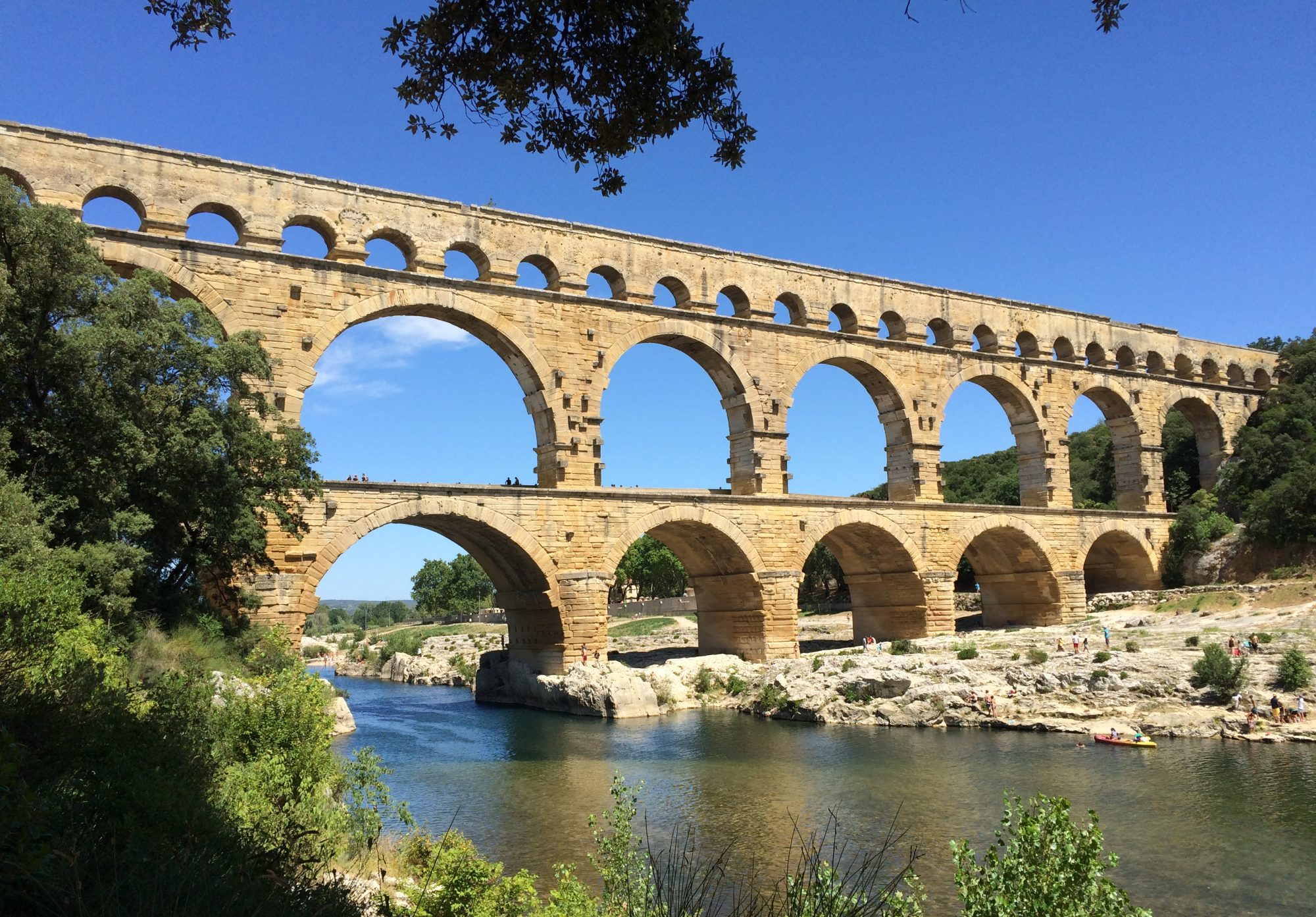Projekttitel: eManual Alte Geschichte
Modul [optional]:
Autor_in: Herodot
Lizenz: CC-BY-NC-SA
Hdt. I, 94,1-7 – Original
Λυδοὶ δὲ νόμοισι μὲν παραπλησίοισι χρέωνται καὶ Ἕλληνές, χωρὶς ἢ ὅτι τὰ θήλεα τέκνα καταπορνεύουσι, πρῶτοι δὲ ἀνθρώπων τῶν ἡμεῖς ἴδμεν νόμισμα χρυσοῦ καὶ ἀργύρου κοψάμενοι ἐχρήσαντο, πρῶτοι δὲ καὶ κάπηλοι ἐγένοντο. [2] φασὶ δὲ αὐτοὶ Λυδοὶ καὶ τὰς παιγνίας τὰς νῦν σφίσι τε καὶ Ἕλλησι κατεστεώσας ἑωυτῶν ἐξεύρημα γενέσθαι: ἅμα δὲ ταύτας τε ἐξευρεθῆναι παρὰ σφίσι λέγουσι καὶ Τυρσηνίην ἀποικίσαι, ὧδε περὶ αὐτῶν λέγοντες. [3] ἐπὶ Ἄτυος τοῦ Μάνεω βασιλέος σιτοδείην ἰσχυρὴν ἀνὰ τὴν Λυδίην πᾶσαν γενέσθαι, καὶ τοὺς Λυδοὺς τέως μὲν διάγειν λιπαρέοντας, μετὰ δὲ ὡς οὐ παύεσθαι, ἄκεα δίζησθαι, ἄλλον δὲ ἄλλο ἐπιμηχανᾶσθαι αὐτῶν. ἐξευρεθῆναι δὴ ὦν τότε καὶ τῶν κύβων καὶ τῶν ἀστραγάλων καὶ τῆς σφαίρης καὶ τῶν ἀλλέων πασέων παιγνιέων τὰ εἴδεα, πλὴν πεσσῶν τούτων γὰρ ὦν τὴν ἐξεύρεσιν οὐκ οἰκηιοῦνται Λυδοί. [4] ποιέειν δὲ ὧδε πρὸς τὸν λιμὸν ἐξευρόντας, τὴν μὲν ἑτέρην τῶν ἡμερέων παίζειν πᾶσαν, ἵνα δὴ μὴ ζητέοιεν σιτία, τὴν δὲ ἑτέρην σιτέεσθαι παυομένους τῶν παιγνιέων. τοιούτῳ τρόπῳ διάγειν ἐπ᾽ ἔτεα δυῶν δέοντα εἴκοσι. [5] ἐπείτε δὲ οὐκ ἀνιέναι τὸ κακὸν ἀλλ᾽ ἔτι ἐπὶ μᾶλλον βιάζεσθαι οὕτω δὴ τὸν βασιλέα αὐτῶν δύο μοίρας διελόντα Λυδῶν πάντων κληρῶσαι τὴν μὲν ἐπὶ μόνῃ τὴν δὲ ἐπὶ ἐξόδῳ ἐκ τῆς χώρης, καὶ ἐπὶ μὲν τῇ μένειν αὐτοῦ λαγχανούσῃ τῶν μοιρέων ἑωυτὸν τὸν βασιλέα προστάσσειν, ἐπὶ δὲ τῇ ἀπαλλασσομένῃ τὸν ἑωυτοῦ παῖδα, τῷ οὔνομα εἶναι Τυρσηνόν. [6] λαχόντας δὲ αὐτῶν τοὺς ἑτέρους ἐξιέναι ἐκ τῆς χώρης καταβῆναι ἐς Σμύρνην καὶ μηχανήσασθαι πλοῖα, ἐς τὰ ἐσθεμένους τὰ πάντα ὅσα σφι ἦν χρηστὰ ἐπίπλοα, ἀποπλέειν κατὰ βίου τε καὶ γῆς ζήτησιν, ἐς ὃ ἔθνεα πολλὰ παραμειψαμένους ἀπικέσθαι ἐς Ὀμβρικούς, ἔνθα σφέας ἐνιδρύσασθαι πόλιας καὶ οἰκέειν τὸ μέχρι τοῦδε. [7] ἀντὶ δὲ Λυδῶν μετονομασθῆναι αὐτοὺς ἐπὶ τοῦ βασιλέος τοῦ παιδός, ὅς σφεας ἀνήγαγε, ἐπὶ τούτου τὴν ἐπωνυμίην ποιευμένους ὀνομασθῆναι Τυρσηνούς.
Projekttitel: eManual Alte Geschichte
Modul [optional]:
Übersetzung: A. D. Godley
Lizenz: CC-BY-NC-SA
Übersetzung
Hdt. I, 94,1-7
The customs of the Lydians are like those of the Greeks, except that they make prostitutes of their female children. They were the first men whom we know who coined and used gold and silver currency; and they were the first to sell by retail. [2] And, according to what they themselves say, the games now in use among them and the Greeks were invented by the Lydians: these, they say, were invented among them at the time when they colonized Tyrrhenia. This is their story: [3] In the reign of Atys son of Manes there was great scarcity of food in all Lydia. For a while the Lydians bore this with what patience they could; presently, when the famine did not abate, they looked for remedies, and different plans were devised by different men. Then it was that they invented the games of dice and knuckle-bones and ball and all other forms of game except dice, which the Lydians do not claim to have discovered. [4] Then, using their discovery to lighten the famine, every other day they would play for the whole day, so that they would not have to look for food, and the next day they quit their play and ate. This was their way of life for eighteen years. [5] But the famine did not cease to trouble them, and instead afflicted them even more. At last their king divided the people into two groups, and made them draw lots, so that the one group should remain and the other leave the country; he himself was to be the head of those who drew the lot to remain there, and his son, whose name was Tyrrhenus, of those who departed. [6] Then the one group, having drawn the lot, left the country and came down to Smyrna and built ships, in which they loaded all their goods that could be transported aboard ship, and sailed away to seek a livelihood and a country; until at last, after sojourning with one people after another, they came to the Ombrici, where they founded cities and have lived ever since. [7] They no longer called themselves Lydians, but Tyrrhenians, after the name of the king’s son who had led them there.
Projekttitel: eManual Alte Geschichte
Modul [optional]:
Autor_in: Falk Wackerow
Lizenz: CC-BY-NC-SA
Leitfragen:
1) Wie schildert Herodot die Umstände der Auswanderung?
2) Gibt es Parallelen zu dieser Schilderung?
3) Wie steht die moderne Forschung zu Herodots Erzählung?
Kommentar:
Die teils drastische Schilderung des „Vaters der Geschichte“ Herodot erinnert an andere Erzählungen aus Gründungsmythen diverser griechischer Kolonien. Auch dort wird als Grund für den Auszug eines Teils der Bewohner häufig Mangel an Nahrung angegeben – eine plausible Erklärung. Auch ein Großteil der großen griechischen Kolonisationsphase (ca. 8. – 6. Jhdt.) ist wohl als Reaktion auf Überbevölkerung und daraus resultierende Hungersnöte zu verstehen. Ebenso wie in einigen Fällen aus Griechenland lässt hier Herodot das Los entscheiden, wer bleibt und wer in die Ferne zieht. Zugleich gibt er eine Erklärung für den Namen des neu entstehenden Volkes und des von ihm besiedelten Landstriches. Die Benennung erfolgte demnach aufgrund des Namens des ausziehenden Königssohnes Tyrrhenus (Tyrsenos). Schließlich gelangten sie in die Gestade der Ombrici, wohl der Vorfahren der späteren Umbrer, und siedelten sich in dieser Region an.
Soweit der Mythos. In der Forschung existierten lange Zeit zwei Theorien über den Ursprung der Etrusker: Die Einwanderungstheorie suchte den herodoteischen Ansatz zu untermauern, indem zum Einen die etruskische Sprache mit verschiedenen anatolischen, besonders der hethitischen, verglichen wurde. Eine Abstammung konnte allerdings nicht überzeugend nachgewiesen werden. Zum Anderen gelang es in jüngerer Vergangenheit mittels Genanalysen einen signifikanten Teil des Erbguts der heutigen Bewohner Etruriens und ihres Viehs als ursprünglich anatolisch zu verifizieren. Dagegen ging die autochthone Theorie davon aus, dass die Etrusker ein proto-indogermanisches, sprich ureuropäisches Volk seien, welches sich aus der sog. Villanova-Kultur (benannt nach dem wichtigsten Fundort) entwickelt habe. Dies wurde mittels eines Vergleichs der Kunst und Kultur zu belegen versucht. Ein neuerer Forschungsansatz vereint jedoch seit den Sechzigerjahren beide Theorien miteinander. Demnach stimme Herodots Theorie von der Herkunft der Etrusker/Tyrrhener aus Lydien, allerdings hätten sie sich nach ihrer Ankunft in Norditalien mit der einheimischen Bevölkerung gemischt und deren Bräuche teilweise übernommen. So konnten schriftliche Überlieferung und archäologischer Befund in Einklang gebracht werden.

